Sustainability Initiatives
Sustainability initiatives are gaining traction within the Military Camouflage Uniform Market, as environmental concerns become more pronounced. Many military organizations are now prioritizing eco-friendly materials and production processes. This shift is reflected in the increasing use of recycled fabrics and sustainable dyeing techniques, which aim to reduce the environmental footprint of military uniforms. Reports suggest that the market for sustainable military apparel could reach a valuation of USD 1 billion by 2027, highlighting the growing importance of sustainability in procurement strategies. As governments and defense agencies adopt greener practices, the Military Camouflage Uniform Market is likely to evolve, aligning with broader environmental goals.
Customization and Personalization
Customization and personalization are emerging as key drivers in the Military Camouflage Uniform Market. As military forces recognize the importance of tailored solutions, there is a growing demand for uniforms that meet specific operational requirements. This trend is evident in the increasing availability of customizable camouflage patterns and sizes, allowing for enhanced effectiveness in diverse environments. Market data indicates that the customization segment is expected to account for over 30% of the total market share by 2026. This shift towards personalized solutions not only improves soldier performance but also fosters a sense of identity and belonging within military units, further solidifying the relevance of the Military Camouflage Uniform Market.
Technological Advancements in Fabrication
The Military Camouflage Uniform Market is experiencing a notable transformation due to advancements in fabrication technologies. Innovations such as 3D printing and smart textiles are enhancing the functionality and adaptability of military uniforms. For instance, the integration of moisture-wicking and temperature-regulating fabrics is becoming increasingly prevalent. These technologies not only improve comfort but also enhance the operational effectiveness of military personnel. Furthermore, the market is projected to grow at a compound annual growth rate of approximately 4.5% over the next five years, driven by these technological enhancements. As militaries seek to improve their tactical advantages, the demand for advanced camouflage solutions is likely to rise, indicating a robust future for the Military Camouflage Uniform Market.
Geopolitical Tensions and Defense Spending
Geopolitical tensions are significantly influencing the Military Camouflage Uniform Market, as nations bolster their defense capabilities in response to emerging threats. Increased defense spending is evident in various regions, with many countries allocating larger budgets for military modernization. This trend is likely to drive demand for advanced camouflage uniforms that provide tactical advantages in diverse operational scenarios. For instance, recent reports indicate that defense budgets in certain regions have increased by over 10% in the past year, directly impacting procurement strategies for military apparel. As nations prioritize readiness and adaptability, the Military Camouflage Uniform Market is poised for growth, reflecting the changing dynamics of global security.
Rising Demand for Enhanced Operational Efficiency
The rising demand for enhanced operational efficiency is a pivotal driver in the Military Camouflage Uniform Market. Military organizations are increasingly focused on equipping personnel with uniforms that not only provide camouflage but also enhance performance in the field. This includes features such as lightweight materials, integrated storage solutions, and improved mobility. Market analysis suggests that uniforms designed for operational efficiency could see a growth rate of approximately 5% annually, as militaries seek to optimize their resources. The emphasis on performance-driven designs is likely to reshape the Military Camouflage Uniform Market, as stakeholders prioritize functionality alongside traditional camouflage capabilities.


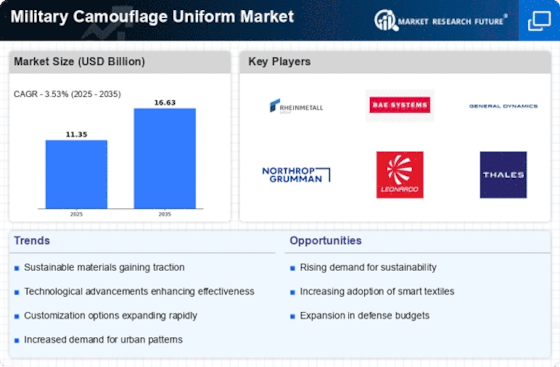
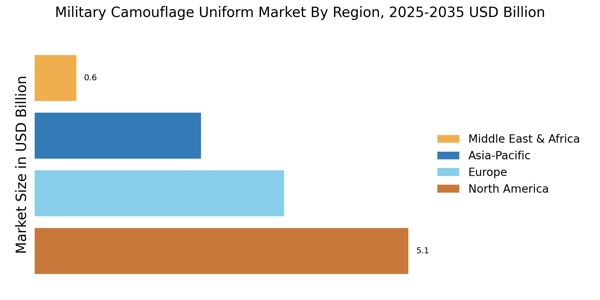
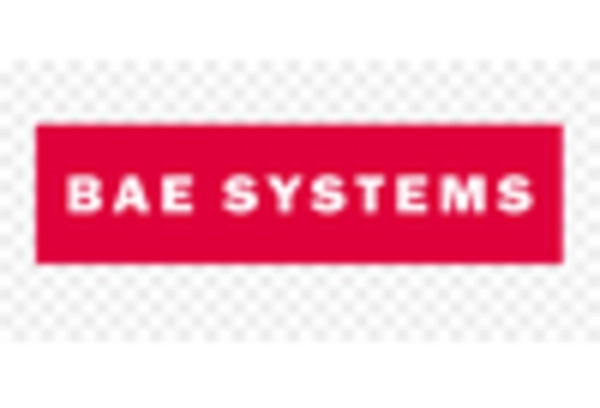
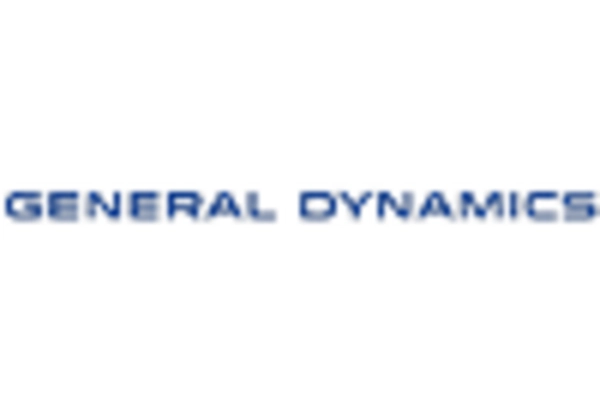
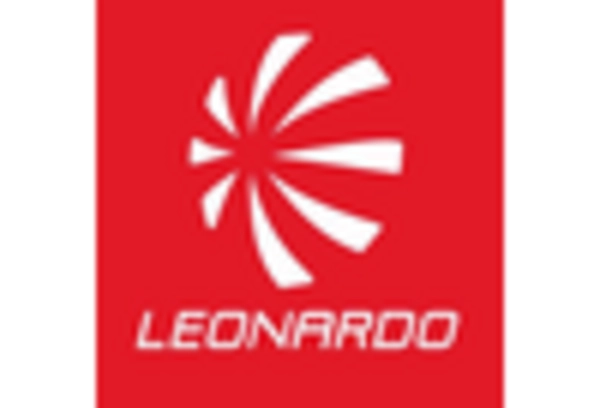
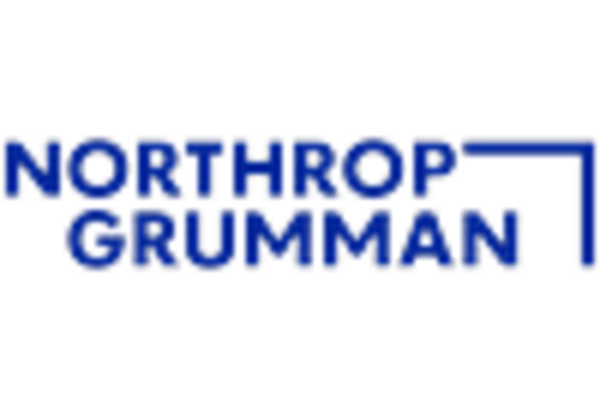
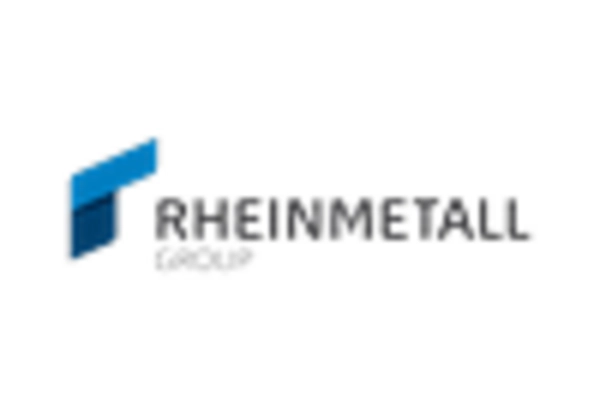









Leave a Comment